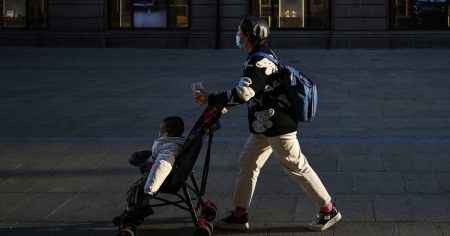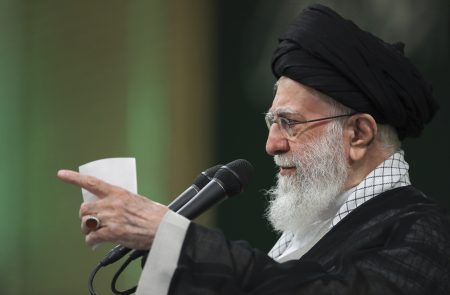The residents of Dahiya, a neighborhood in Lebanon, were facing a period of uncertainty and confusion about the future. With ongoing political unrest and economic instability in the country, many residents were unsure of what would come next for their community. The challenges they faced were not only related to immediate issues but also long-term concerns about the stability and security of their neighborhood. These uncertainties were causing anxiety and stress among the residents, who were trying to navigate the difficult circumstances they found themselves in.
The situation in Dahiya was made even more complicated by the regional tensions and conflicts that were affecting the area. The neighborhood had been a target of attacks in the past, and residents were worried about the possibility of further violence in the future. With the ongoing conflicts in neighboring countries and the presence of armed groups in the region, there was a sense of unease among the residents about their safety and security. The fear of violence and instability added to the overall atmosphere of uncertainty in Dahiya.
In addition to the external threats and challenges facing the neighborhood, residents were also dealing with internal issues that were complicating the situation. There were disagreements among different factions within the community, leading to tensions and divisions among the residents. This internal strife was making it difficult for the community to come together and find common ground on how to address the challenges they were facing. The lack of unity and cohesion among the residents was hindering their ability to respond effectively to the uncertainties they were confronted with.
One of the main concerns for the residents of Dahiya was the economic situation in the country, which was deteriorating rapidly. Inflation was on the rise, and many people were struggling to afford basic necessities such as food and healthcare. The lack of economic opportunities and the high cost of living were adding to the uncertainty and instability in the neighborhood. Residents were worried about their financial future and their ability to provide for their families amidst the challenging economic conditions.
Despite the challenges they were facing, the residents of Dahiya were not giving up hope. They were determined to find ways to overcome the uncertainties and build a better future for themselves and their community. Many were involved in grassroots initiatives and community organizations that were working to address the needs of the neighborhood and improve the quality of life for its residents. Through their resilience and determination, the residents of Dahiya were striving to create a sense of unity and solidarity that would help them overcome the uncertainties they were facing.
In conclusion, the residents of Dahiya were grappling with a wide range of uncertainties and challenges that were affecting their everyday lives and their future prospects. From political unrest and economic instability to regional tensions and internal divisions, the neighborhood was facing a complex set of issues that were causing anxiety and stress among its residents. Despite these challenges, the residents were displaying resilience and determination in their efforts to find solutions and build a better future for themselves and their community. Through their unity and solidarity, they were hopeful that they could overcome the uncertainties they were facing and create a more stable and secure environment for everyone in Dahiya.












